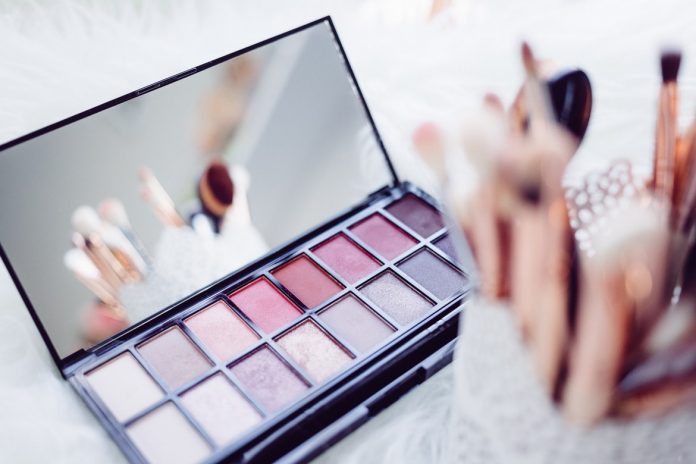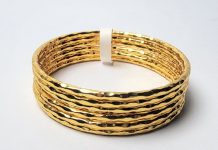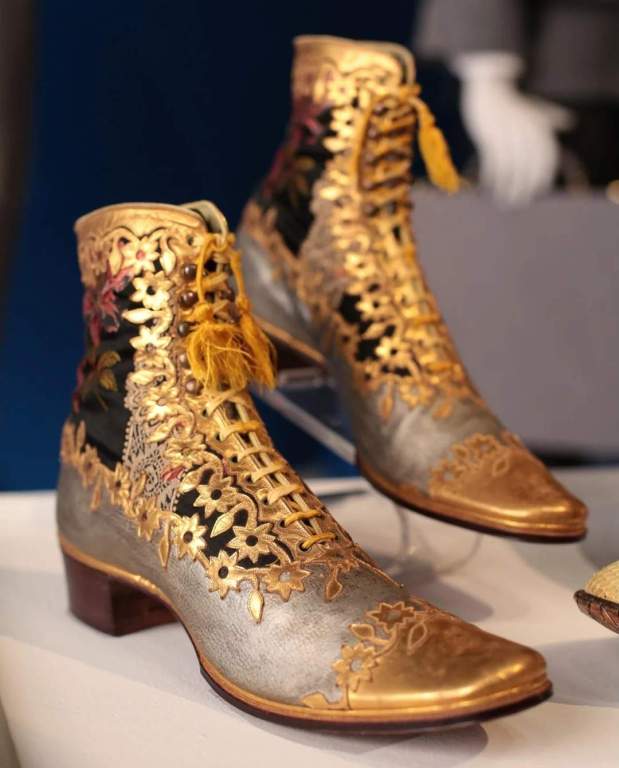How does machine learning affect the beauty industry?
One of the markets with the quickest growth is the beauty sector. In the US alone, two-thirds of the population spends millions on products related to health, fashion, wellness, and beauty each year, producing a market worth $87.99 billion. And when you think you have seen enough from the beauty industry, you are wrong.
Machine learning has been making waves in the beauty industry in the past couple of years. It is due to the increase in people wanting to spend more time with themselves. This creates a demand for high-quality beauty products.
In recent years, the machine learning industry has improved the quality of products it can produce, creating more natural and skin-like products. Machine learning is already used in medicine to develop more effective drugs and treatments. We can expect more machine learning in fashion and beauty as technology improves.
Machine Learning and the Beauty Industry
Machine learning is a way for a computer to learn from data without being explicitly programmed. Data used to teach machines falls into two categories: training data and testing data.
Training data is used to train a machine-learning algorithm, and testing data is used to test the algorithm’s accuracy. The accuracy of the algorithm depends on the quality of the training data.
In the beauty industry, it is essential to monitor the models. For example, in skin care treatment, it is important to know whether your model is performing well for the product to work for your targeted skin type. For that reason, we need to use model monitoring.
Model monitoring is a technique to monitor the performance of a machine learning model given the training data and test data. It is typically used for hyper-parameter tuning by monitoring the output of a model with different combinations of hyperparameters.
Every time there is a new batch of training data, we will choose a sample of the data and try to predict the target using this sample. Based on the fitness value, we decide whether we should add the observation to the model or not.
Uses of Machine Learning in the Beauty Industry
Machine learning is a very important development in the beauty industry. It has already started changing how we interact with beauty products. The algorithms in machine learning make it possible for us to use products customized for our skin type, age, and gender, among other factors.
1. Personalized Products
The beauty industry is a business that relies heavily on perception. The products you see on store shelves are tailored to a specific market. Whether a certain ethnicity, age, gender, or even personality type
These products are specifically tailored for the public to eliminate doubts in a customer’s mind that the product won’t do what it says. However, this is only possible if the customer allows themselves to be tracked and profiled.
Machine learning has revolutionized the beauty industry by providing better products. It allows customers to try on products before they buy them. It has revolutionized the industry by changing how products are made and distributed. Beauty companies have used machine learning for product development for years.
The process involves using analytics tools to look at search patterns, customer questions, and product reviews. It understands how customers are using and experiencing products and adjusts them accordingly.
Machine learning is also used to predict what consumers are looking for and what products they might buy. It has led to more personalized products and a significant decrease in costly and time-consuming market research.







